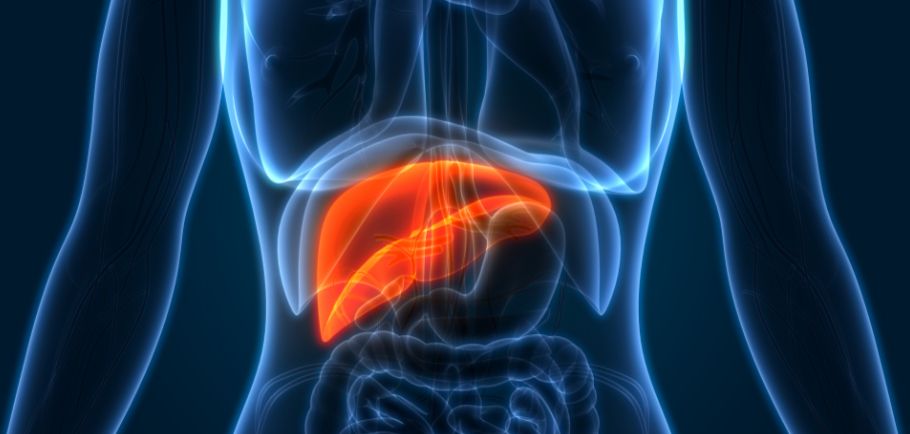Among patients with single recurrent small hepatocellular carcinoma (HCC), stereotactic body radiotherapy (SBRT) demonstrated improved local progression-free survival (LPFS) compared to radiofrequency ablation (RFA), according to study findings published in Journal of Clinical Oncology.
In addition, SBRT especially improved LPFS in the patients with HCC that is 2 centimeters (cm) or less, whereas PFS, overall survival (OS) and safety were similar between each treatment group.
SBRT, also called SABR, is a type of external radiation therapy that delivers precise radiation to tumors, sparing normal tissue, and radiofrequency ablation uses radio waves to heat and destroy abnormal cells, treating cancer and other conditions through electrodes that carry electricity, according to the National Cancer Institute’s website.
After a median follow-up time of 42.8 months in the SBRT group and 42.9 months in the RFA group, the two-year LPFS rates were 92.7% with SBRT and 75.8% with RFA. The median PFS was 37.6 months in the SBRT group and 27.6 months in the RFA group. Nine patients in the SBRT group and 10 in the RFA group died during follow-up. The two-year OS rates were 97.6% in the SBRT group and 93.9% in the RFA group.
Glossary:
Local progression-free survival (LPFS): time a treated tumor remains stable without local growth.
Radiofrequency ablation (RFA): heat-based procedure to destroy abnormal tissue.
Overall survival (OS): time from diagnosis or treatment start to death.
Intercostal neuritis: inflammation of rib nerves causing pain.
Pneumothorax: air in the pleural space causing lung collapse.
Hyperbilirubinemia: high bilirubin levels leading to jaundice.
Hypoalbuminemia: low blood albumin affecting fluid balance.
“To the best of our knowledge, this is the first randomized controlled trial to compare the efficacy and safety of SBRT versus RFA in treating single recurrent HCC [equal to or less than 5] cm,” study authors wrote. “Our findings demonstrated that both SBRT and RFA were effective and well tolerated when treating recurrent small HCC.”
The incidences of acute side effects were 67.5% in the RFA group and 57.8% in the SBRT group, with no significant differences between the groups. Most side effects (99.1%) were grade 1 (mild) or 2 (moderate), and no life-threatening side effects occurred. The most common side effects were abdominal pain in the RFA group and gastrointestinal discomfort, including nausea and vomiting, in the SBRT group. Blood test results showed similar incidences and severity between the treatments.
For late side effects, there were 55 events in 26 patients in the RFA group and 59 events in 31 patients in the SBRT group. Both groups exhibited similar incidences of late side effects. Treatment-related side effects included one case of bile duct injury in the RFA group and three cases of intercostal neuritis in the SBRT group. Most late side effects were mild and tolerable.
Four severe side effects were reported, including one acute pneumothorax and one late bile duct injury in the RFA group, and one case of grade 3 (severe) platelet decrease during both the acute and late periods of SBRT treatment. All patients who experienced severe side effects recovered with symptomatic treatment and had no long-term sequelae or life-threatening risks.
“As both approaches caused a certain degree of impairment in para-tumor normal liver tissues, [side effects] related to liver function, such as elevated transaminase levels, hyperbilirubinemia and hypoalbuminemia, were common,” study authors wrote.
A total of 166 patients were randomly assigned to either received SBRT (83 patients) or RFA (83 patients). The median tumor diameter was 1.7 cm in the SBRT group and 1.6 cm in the RFA group.
“In summary, this randomized controlled trial demonstrated that SBRT provides better LPFS and local tumor control than RFA in treating solitary recurrent HCC [equal to or less than 5] cm, especially in HCC [equal to or less than 2] cm, whereas PFS, OS and safety were comparable between the two treatments,” study authors concluded.
Reference:
"Radiofrequency ablation versus stereotactic body radiotherapy for recurrent small hepatocellular carcinoma: A randomized, open-label, controlled trial" by Dr. Mian Xi, et al., Journal of Clinical Oncology.
For more news on cancer updates, research and education, don’t forget to subscribe to CURE®’s newsletters here.






